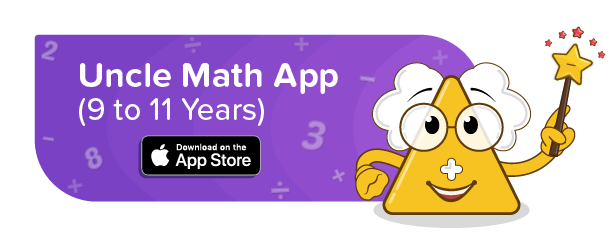
Factors and multiples are the topics in mathematics where children have the most difficulty comprehending them. Children often confuse two terms. This teaching guide seeks to simplify the idea of factors and multiples, making it easier to grasp, and to help educators by providing teaching resources including animated stories, visually appealing posters, and activities.
A factor is a number that divides the given number completely, leaving no remainder or a factor. A number (product) that is obtained by multiplying 2 given numbers is called multiple. Both factors and multiples are related to each other and are only applicable to whole numbers.

For example : 5 x 2 = 10
Here, 10 is the multiple of 5 and 2 while 5 and 2 are factors of 10.
Factors
- A number that divides the given number completely, leaving no remainder, is called a factor.
- In simple words, factors are the numbers that are multiplied together to obtain the given number.
- The division is used to find factors for any given number.
- Factors are always less than or equal to the given number.
- There can be many factors in a single number.
- Every number has 2 common factors : 1 and the number itself.
- A prime number has only 2 factors : 1 and the number itself.
- For any number, 1 is the smallest factor, and the number itself is the highest factor.
- For example, 5 x 2 = 10, where 5 and 2 are factors of 10. As 10 can be completely divided by 5 or 2 leaving no remainder.
Multiples
- A number (product) that is obtained by multiplying 2 given numbers is called a multiple.
- Multiples are always greater than or equal to the given number.
- Multiplication is used to find multiples of any given number.
- Every number is a multiple of its own.
- 0 is a multiple of every number.
- There can be an infinite number of multiples of any given number.
- For example, multiples of 4 are 4, 8, 12, 16, 20, 24, 28, and so on.
Prime Factors - Prime Factorization Method
- When a number is expressed as the product of its prime factors, this is known as prime factorization. A number is said to be prime if it only has two factors: 1 and the number itself.
- Prime factorization is always done for composite numbers, not prime numbers.
- HCF and LCM are calculated by the method of prime factorization.
- For example, the prime factorization of 12 = 2 x 2 x 3.
Prime Factors - Factor Tree Method
- When a given number is expressed as the product of prime factors, it is termed the prime factorization method.
- Prime factorization can be done using the factor tree method.
- In the factor tree method for getting prime factorization, a given number is split into branches of its factors.
- The further splitting of the factors continues until the prime factor is obtained.
- All the prime factors obtained are encircled.

Common Factors
- A common factor is a number, which is a factor for 2 or more numbers.
- A common factor is a number that can divide 2 or more numbers completely with no remainder.
- The following steps are used to find common factors among given numbers.
- Write down all the possible factors for the given numbers.
- Compare the factors and pick out the common ones.
- For example, common factors of 4 and 6 are :
- Factors of 4 : 1, 2, 2, 4
- Factors of 6 : 1, 2, 3, 6
- Common factors for 4 and 6 are 1 and 2.
Common Multiples
- A common multiple is a number that is a multiple of 2 or more numbers.
- There can be an infinite number of common multiples for any given number, just as there can be an infinite number of multiples for any given number.
- The following steps are used to find common multiples of given numbers :
- Write multiples of the given numbers.
- Compare the multiples and pick up the common multiples.
- For example, common multiples of 4 and 6 are:
- Multiples of 4 : 4, 8, 12, 24, 28, 32, 36, 40, 44, 48, 52.
- Multiples of 6 : 6, 12, 18, 24, 30, 36, 42, 48, 54, 60, 66.
- Common factors for 4 and 6 are 12, 24, and 36.
Teaching factors and multiples with kid-friendly, clear, and easy-to-understand posters from Uncle Math School by Fun2Do Labs :
Ignite kids’ curiosity with engaging stories for role play and skits, making the learning of this concept an exciting and effective experience. Teaching factors and multiples through stories from Uncle Math School by Fun2Do Labs :
- Fun With Factors
- When Uncle Math Is Sick
- Cirha’s Plantation
- All About Day 3, 6 And 8
- The Secret Code
- The Divisibility Trick
Learning factors and multiples can be made enjoyable by incorporating interactive games and activities.
Random Pick :
- Put several number cards in a basket.
- Team up the kids into groups. Give each team the option to choose any random number card according to their possibility of doing so.
- The group is required to come up with multiples or factors of that number. They must tell both at once to increase their score by two.
- The winning team is determined by the team that scores the most points.
Help your kids practise factors and multiples with interesting and engaging fun worksheets and solutions from Uncle Math by Fun2Do Labs.






